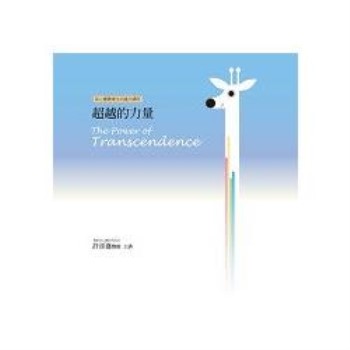The author analyzes on the basis of available statistical data the development and role in the world economy of oil-producing countries on the example of Indonesia, Iran and Saudi Arabia in the second half of XX - early XXI centuries. He focuses his attention on the key processes of economic, political and social development of these countries in the period after World War II. The theoretical framework of the study covers mainly neoclassical and endogenous models of economic growth. For the econometric analysis we have chosen, first of all, the so-called general or world growth model constructed by Prof. György Simon Sr. (1930-2008) on the basis of data from 131 countries of the world, including oil-producing countries. This endogenous Caldorov-type model takes into account not only physical and human capital, but also time as an event space of creative economic activity. It makes it possible to compare the total factor efficiency with the world level.
| FindBook |
有 1 項符合
Oil-producing countries in the world economy的圖書 |
 |
Oil-producing countries in the world economy 作者:Shimon 出版社:Our Knowledge Publishing 出版日期:2023-11-14 語言:英文 規格:平裝 / 288頁 / 22.86 x 15.24 x 1.65 cm / 普通級/ 初版 |
| 圖書館借閱 |
| 國家圖書館 | 全國圖書書目資訊網 | 國立公共資訊圖書館 | 電子書服務平台 | MetaCat 跨館整合查詢 |
| 臺北市立圖書館 | 新北市立圖書館 | 基隆市公共圖書館 | 桃園市立圖書館 | 新竹縣公共圖書館 |
| 苗栗縣立圖書館 | 臺中市立圖書館 | 彰化縣公共圖書館 | 南投縣文化局 | 雲林縣公共圖書館 |
| 嘉義縣圖書館 | 臺南市立圖書館 | 高雄市立圖書館 | 屏東縣公共圖書館 | 宜蘭縣公共圖書館 |
| 花蓮縣文化局 | 臺東縣文化處 |
|
|
圖書介紹 - 資料來源:博客來 評分:
圖書名稱:Oil-producing countries in the world economy
|











